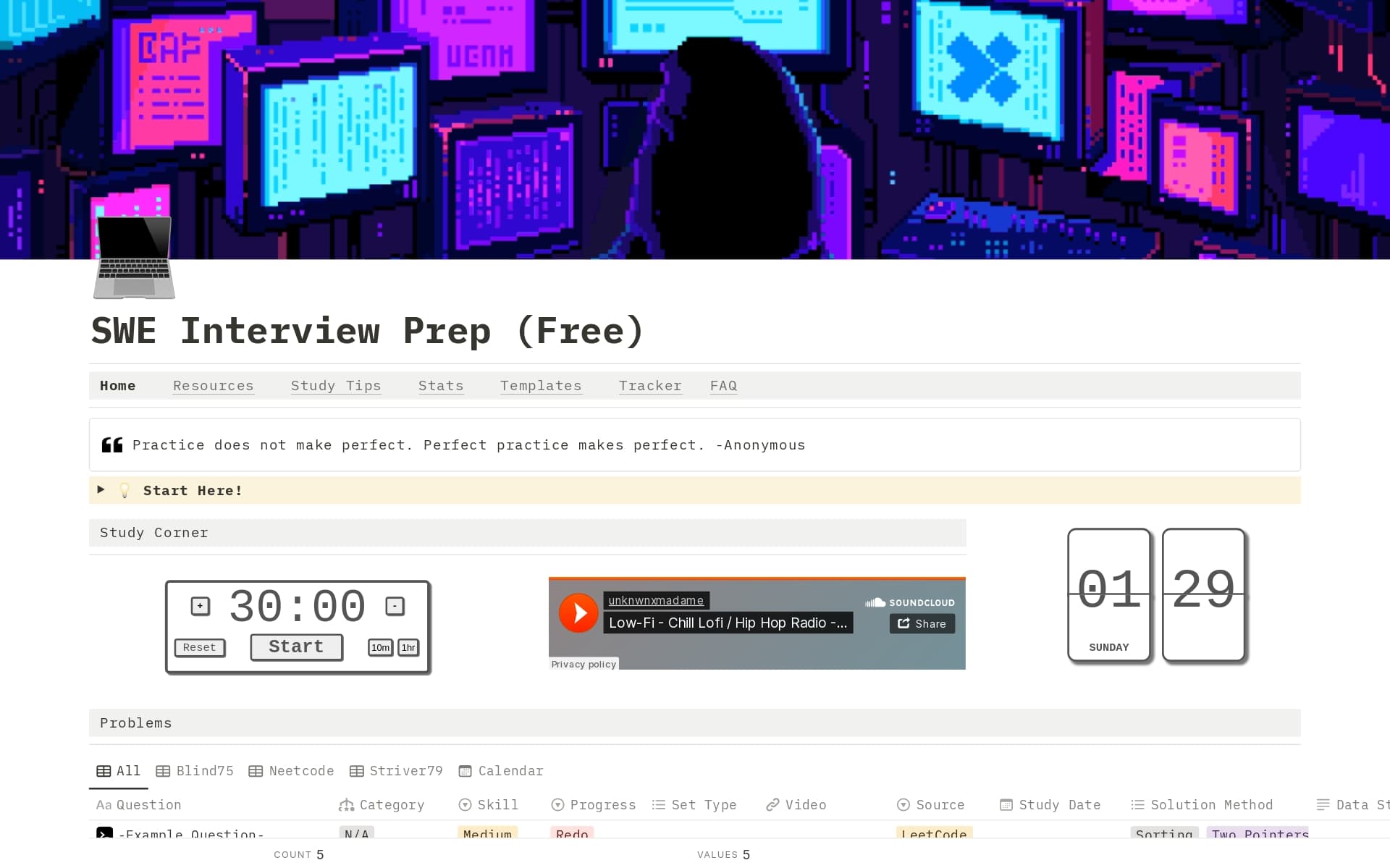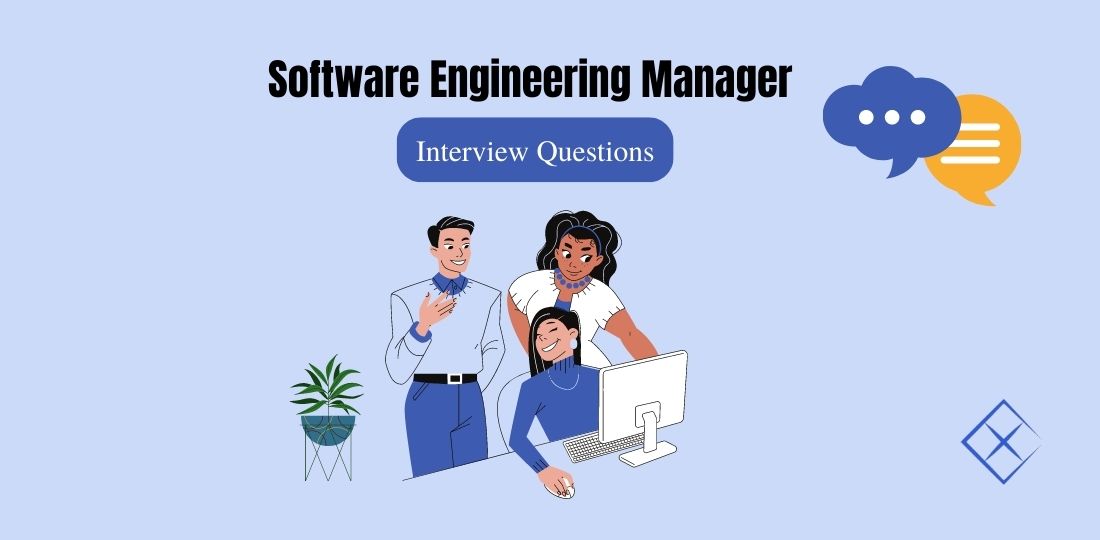All Categories
Featured
Table of Contents

[/image][=video]
[/video]
Offers a selection of AI-based analyses that imitate actual technological meetings. Practice with buddies, peers, or via AI mock interview systems to imitate meeting environments.
This helps recruiters follow your reasoning and examine your analytical technique. If a problem declaration is vague, ask making clear questions to ensure you recognize the needs before diving right into the option. Start with a brute-force option if necessary, then go over how you can maximize it. Interviewers wish to see that you can think critically concerning trade-offs in effectiveness.
Top 10 System Design Interview Questions Asked At Faang

Job interviewers are interested in exactly how you approach obstacles, not just the last solution. Send a short thank-you e-mail to your interviewers. Express your admiration and reiterate your rate of interest in the duty. After the meeting, reflect on what went well and where you could boost. Note any kind of areas where you struggled so you can focus on them in your future preparation.
If you really did not obtain the deal, request feedback to assist guide your more preparation. The secret to success in software application design interviews hinges on regular and detailed prep work. By concentrating on coding difficulties, system style, behavioral inquiries, and utilizing AI simulated interview devices, you can properly simulate genuine interview problems and improve your abilities.

The goal of this message is to discuss how to prepare for Software program Engineering meetings. I will provide an overview of the framework of the technology meetings, do a deep dive into the 3 kinds of interview questions, and offer resources for simulated interviews.
just how would you design Twitter/Uber/Airbnb/ Facebook/Skype/etc, e.g. tell me about a time when you needed to settle a conflict To find out more regarding the sorts of software application engineer meeting concerns, you can take a look at the list below resources: from: for: The types of technical concerns that are asked throughout software program designer interviews depend mainly on the experience of the interviewee, as is displayed in the matrix listed below.
How To Negotiate Your Software Engineer Salary Like A Pro
The very first action is to understand/refresh the basic ideas, e.g. connected lists, string handling, tree parsing, vibrant programming, and so on.: This is a great initial book Components of Shows Meetings: This publication goes into a lot even more depth.

Interviewers normally choose their inquiries from the LeetCode concern database. Right here are some responses to the most usual questions regarding exactly how to structure your prep work.
If you feel comfy with several languages or want to find out a new one, after that most interviewees utilize Python, Java, or C++. Requires the least lines of code, which is crucial, when you have time restraints.
Keep notes for every issue that you fix, to ensure that you can refer to them later Ensure that you recognize the pattern that is utilized to address each issue, instead of memorizing an option. By doing this you'll be able to recognize patterns between groups of problems (e.g. "This is a brand-new issue, yet the formula looks similar to the various other 15 related troubles that I've resolved".
This list has been developed by LeetCode and consists of really popular inquiries. It likewise has a partial overlap with the previous listing. Make certain that you end up with all the Tool issues on that listing.
How To Crack The Front-end Developer Interview – Tips For Busy Engineers

At a minimum, experiment the lists that consist of the leading 50 inquiries for Google and Facebook. Bear in mind that many Easy issues are also easy for a meeting, whereas the Tough issues may not be understandable within the interview port (45 minutes usually). So, it's really vital to focus a lot of your time on Medium troubles.
If you recognize an area, that appears harder than others, you must take a while to dive deeper by checking out books/tutorials, checking out videos, etc in order to understand the concepts much better. Exercise with the simulated interview sets. They have a time limitation and prevent access to the online forum, so they are much more tailored to a genuine meeting.
Your initial objective needs to be to comprehend what the system style meeting is about, i.e. what kinds of concerns are asked, exactly how to structure your response, and exactly how deep you must go in your answer. After experiencing a few of the above instances, you have actually most likely heard great deals of brand-new terms and modern technologies that you are not so aware of.
My idea is to begin with the following video clips that offer an of how to develop scalable systems. If you choose to read publications, then take an appearance at My Handpicked Listing With The Most Effective Books On System Style. The complying with web sites have an example checklist of that you must be familiar with: Finally, if have sufficient time and actually wish to dive deep right into system style, then you can review a lot more at the list below resources: The High Scalability blog has a collection of posts titled Reality Architectures that discuss just how some prominent web sites were architected The publication "Creating Data-Intensive Applications" by Martin Klepmann is the best publication concerning system layout The "Amazon's Builder Library" clarifies how Amazon has developed their own style If you want to dive deeper into just how existing systems are constructed, you can additionally review the published papers on GFS, Eager Beaver, Haystack, Cassandra, Bigtable, Boating, Paxos, Chubby, Zookeeper, Spanner, Haystack, Kafka, Azure Storage, TAO by Facebook, Memcache The listing of resources is unlimited, so ensure that you don't get lost trying to comprehend every little detail concerning every modern technology available.
Latest Posts
He Ultimate Guide To Coding Interview Preparation In 2025
How To Master Leetcode For Software Engineer Interviews
The Best Free Websites To Learn Data Structures & Algorithms